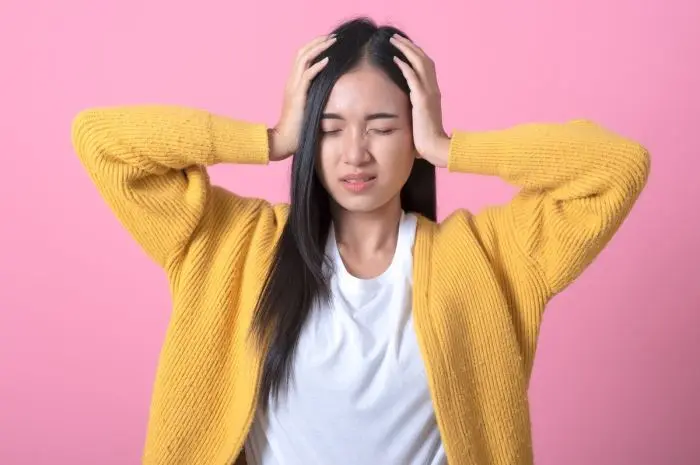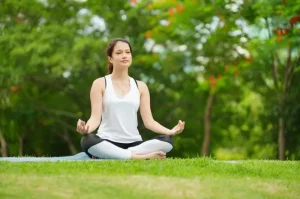Relaxation techniques play a crucial role in managing and relieving migraine headaches. Migraines are more than just a severe headache; they often come with a range of debilitating symptoms such as nausea, sensitivity to light and sound, and can last for hours or even days. While there is no one-size-fits-all approach to migraine relief, relaxation techniques have proven to be a valuable tool for many migraine sufferers.
Deep Breathing
One of the simplest relaxation techniques to relieve migraine headaches is deep breathing. Slow, controlled breaths can help reduce stress and tension, which are common triggers for migraines. By focusing on your breath and taking slow, deep inhalations and exhalations, you can calm your nervous system and alleviate the intensity of a migraine.
Progressive Muscle Relaxation (PMR)
PMR involves systematically tensing and then relaxing different muscle groups in the body. This technique helps reduce overall tension and stress, which can contribute to migraine development. By consciously relaxing your muscles, you can release physical tension and potentially prevent or mitigate a migraine.
Meditation
Meditation techniques, such as mindfulness meditation, can be powerful tools for migraine relief. By cultivating mindfulness, you learn to acknowledge and accept the pain without judgment, reducing your emotional reaction to it. This can lessen the perceived intensity of the migraine and help you manage it more effectively.
Yoga
Yoga combines physical postures with breath control and meditation, making it an excellent relaxation technique for migraine sufferers. Regular practice can improve flexibility, reduce muscle tension, and enhance overall well-being, all of which contribute to better migraine management.
Biofeedback
Biofeedback is a therapeutic technique that helps individuals gain control over physiological processes that are typically involuntary, such as heart rate and muscle tension. It has been used effectively in migraine management by teaching people to control factors that contribute to migraines, such as muscle tension or skin temperature. By receiving real-time feedback, individuals can learn to influence these processes and reduce the frequency and severity of their migraines.
Guided Imagery
Guided imagery involves visualizing a peaceful and calming scene, often guided by an audio recording or a therapist. This technique can help distract your mind from the pain of a migraine and induce a state of relaxation. It is especially useful when combined with deep breathing and mindfulness.
Aromatherapy
Certain scents, such as lavender or peppermint, are believed to have relaxation-inducing properties. Inhaling these aromas through essential oils or candles can promote a sense of calm and alleviate migraine symptoms.
Acupuncture
While acupuncture involves the insertion of needles into specific points on the body, it is considered a relaxation technique as it can help balance the body’s energy and reduce stress, which are common migraine triggers.
Hydrotherapy
Soaking in a warm bath or applying a warm compress to your forehead or neck can help relax tense muscles and improve blood flow, potentially providing relief from a migraine.
Tai Chi
This ancient Chinese practice combines slow, flowing movements with deep breathing and meditation. It can improve balance, reduce stress, and enhance overall well-being, making it a valuable relaxation technique for migraine management.
In conclusion, relaxation techniques are essential tools in the holistic approach to managing and relieving migraine headaches. They offer a natural and effective way to reduce stress, tension, and the overall impact of migraines on one’s quality of life.
While individual results may vary, incorporating these techniques into your daily routine can significantly contribute to migraine relief and prevention. It’s essential to consult with a healthcare professional for a personalized approach to migraine management, which may include a combination of relaxation techniques, medication, and lifestyle adjustments.











